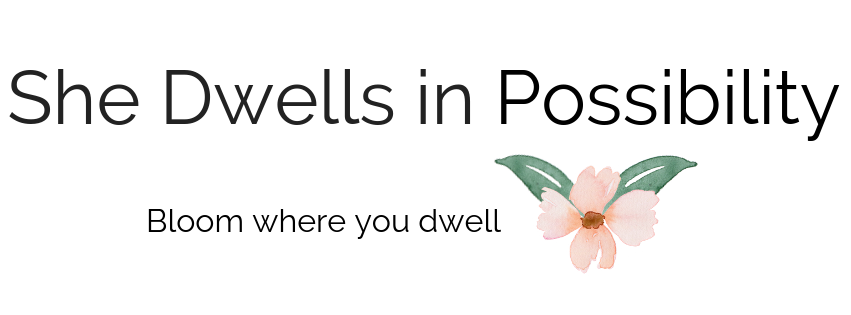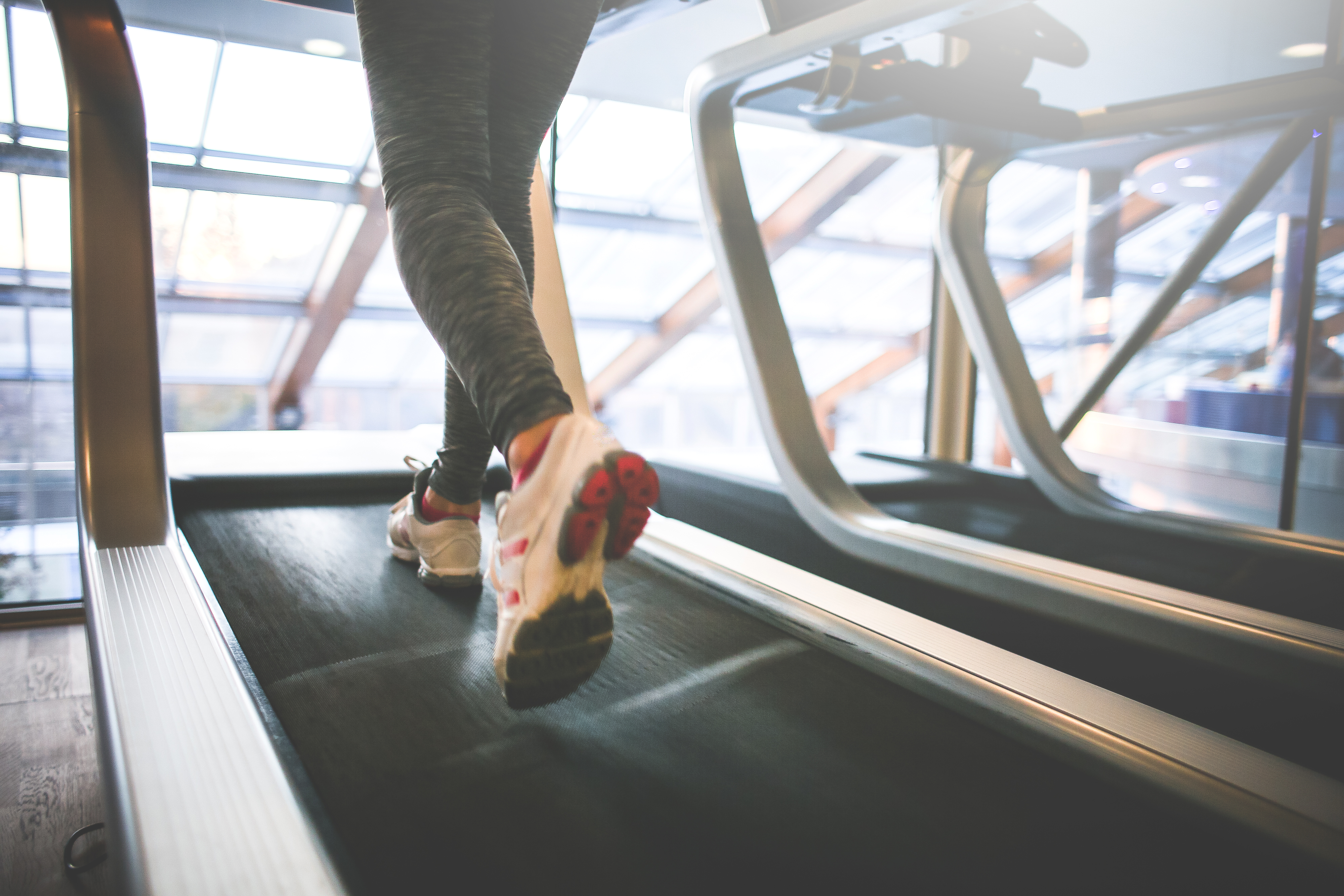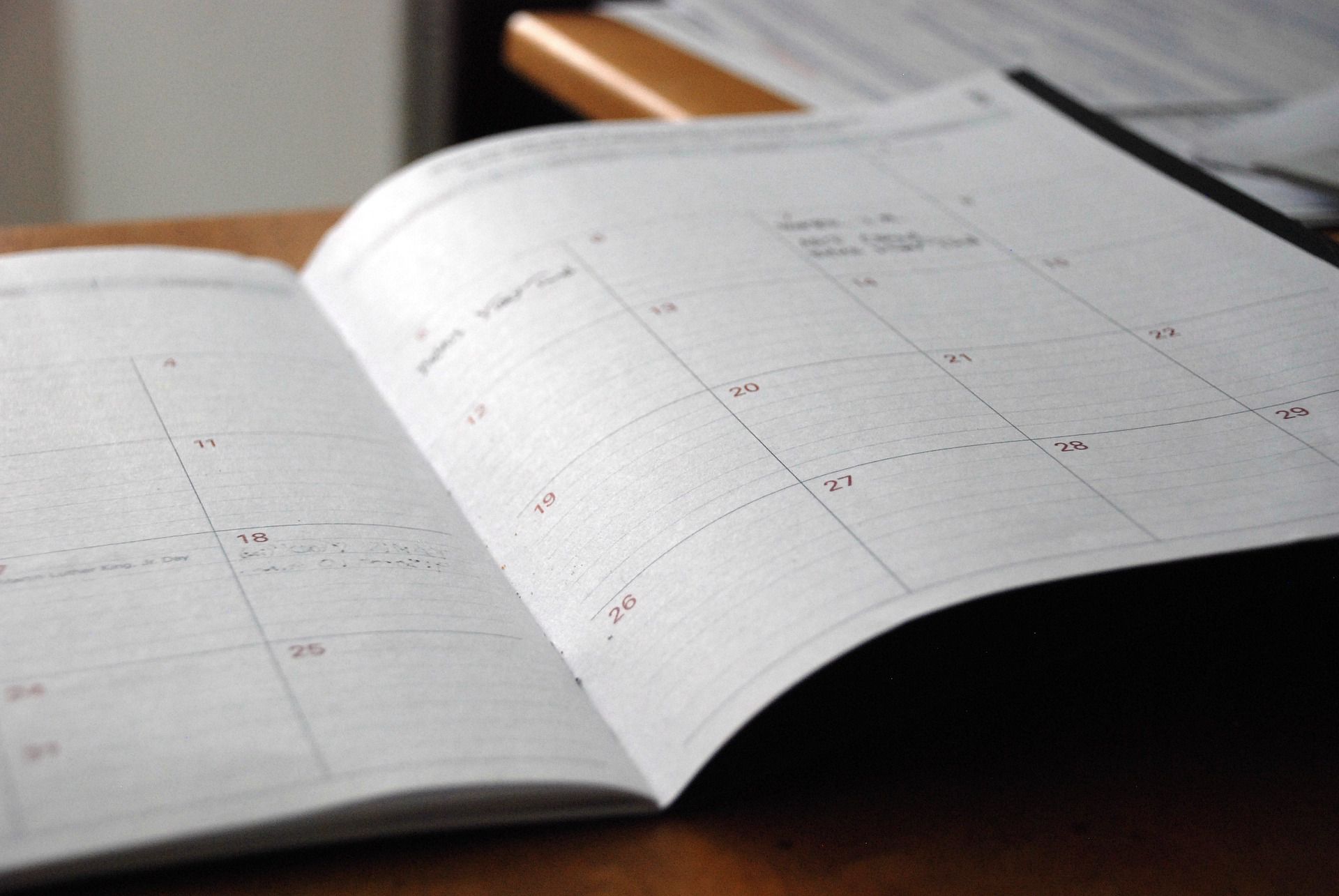I went to the gym last week, for the first time in quite a while. I wasn’t feeling great about myself. My workout clothes were a little tight, thanks to holiday treats. I knew my workout would be unpleasant, as it always is after a hiatus. And I was pretty sure that everyone at the gym was staring at me. Let’s just say I’m not a natural athlete.
Sure enough, five minutes into my workout, the toned woman jogging confidently on the treadmill next to mine made eye contact in the mirror. I knew it! I thought. Everyone’s staring! I’m a joke!
Does this scene sound familiar? If it does, you too have struggled with confirmation bias.
In the simplest terms, confirmation bias is our tendency to seek out evidence that confirms what we already believe. If I walk into the gym thinking I don’t belong and everyone knows it, I’m likely to find proof that this is true. Casual eye contact will feel like a comment on my lack of athletic ability. A smile from the person at the check-in desk–the exact same smile offered to everyone who walks through the door–might appear to be laced with pity.
Confirmation bias affects all areas of our lives. It’s why we experience FOMO–Fear of Missing Out–even when we know that the events we’re missing aren’t things we’d enjoy. It’s why, although I love my little family’s quiet Christmas celebrations, I often feel like I’m doing the holidays wrong. Look at all those festive gatherings on Instagram! Obviously, that’s how the holidays are supposed to happen.
Confirmation bias also explains why some people maintain beliefs that defy logic. For instance: my mother was convinced that having surgery to remove a cancerous tumor would make that cancer spread. There’s no evidence that this is true, but many people believe it anyway. (It’s really not hard to understand why. Your friend is diagnosed with cancer. Your friend has surgery. The cancer keeps spreading. Obviously, that surgery made things worse–just as you knew it would.)
Sometimes, our biases are rooted in memory. If you had a bad experience with dogs as a child, you might view every barking dog as a threat. Sometimes, though, we create our biases. I know I’m guilty of letting first impressions color the way I view later interactions with someone. From that point on, I’m looking for evidence that my initial impression was accurate. (Who wants to be proven wrong, after all?)
Those impressions are sometimes referred to as anchors–things that make it difficult to move forward with a thought process. Envisioning our biases in this way is useful, I think. To what beliefs about myself am I anchored? More importantly, why?
Going back to the gym trip I mentioned earlier, I have a pretty good idea of where my fitness anchors are. I can point out a dozen times when my lack of physical skill or stamina made me feel ashamed and inadequate. But that doesn’t mean I’m incapable of moving beyond that impression of myself. What has happened in the past doesn’t have to dictate what will happen in the future.
So how do we work around a bias against ourselves?
Consciously seek out alternative evidence
All right, that woman on the treadmill next to mine made eye contact. But when I looked around the room, I noticed how many people weren’t looking at me. (More than one, in case you’re wondering.)
If evidence can confirm your bias, alternative evidence can disprove it. But because of our human tendency to confirm what we think is true, looking for alternative evidence takes conscious effort. Sometimes I can simplify that process just by saying Get over yourself. No one is staring at you. You’re not that interesting. Other times, though, I have to look for the evidence that proves me wrong.
Surround yourself with different opinions
Many of us develop biases as the result of opinions we’ve encountered in the past. If one of your parents said “People in our family just aren’t athletic,” you might have internalized that belief as fact. Perhaps your parent said this as a way to make you feel better about not making the basketball team in junior high. Still, their kind intention really doesn’t matter–not where bias is concerned.
If, however, you surround yourself with people who became physically active later in life, you’ll have the chance to add different opinions to the mix. Perhaps hearing the story of a woman who ran her first marathon at 65 will help you believe that you could do the same thing, if you chose to make the effort. That fact alone shifts your bias.
Cultivate your curiosity
It’s difficult to make yourself do anything that comes with a significant risk of failure. That’s why so few of us stick with new year’s resolutions: we know we’ve failed to stick with them in the past. We know most people don’t maintain those resolutions for more than a few weeks. And, perhaps most importantly, we know how painful it is to change.
But if you can find a way to turn a risk into a question, you’re more likely to search for the answer. Rather than telling yourself I’ll see if I can manage to work out for an hour, ask yourself: Can I do 30 minutes on the treadmill? Can I do it at 4 miles per hour? Now that risk of failure has become a fact-finding mission. You aren’t focused on whether you’re working out correctly. You aren’t trying to prove anything. You’re just curious. And if it turns out you can’t do 30 minutes? That’s okay. You still answered your question.
Bias is one of the many human realities that make our lives complex. But if we accept it as a challenge to address, not a personal failing, we make it possible to move forward in any new direction we choose.





2 Comments
We definitely go through life looking for signs and signals that confirm our beliefs. Our worldview is powerful, and makes it difficult to see potential flaws in our thinking. Personally, I think it is awesome that you even went to the gym:)
Agreed! I think that’s why being conscious of our attitude in any given moment is so important–because it literally does shape the way we see the world.